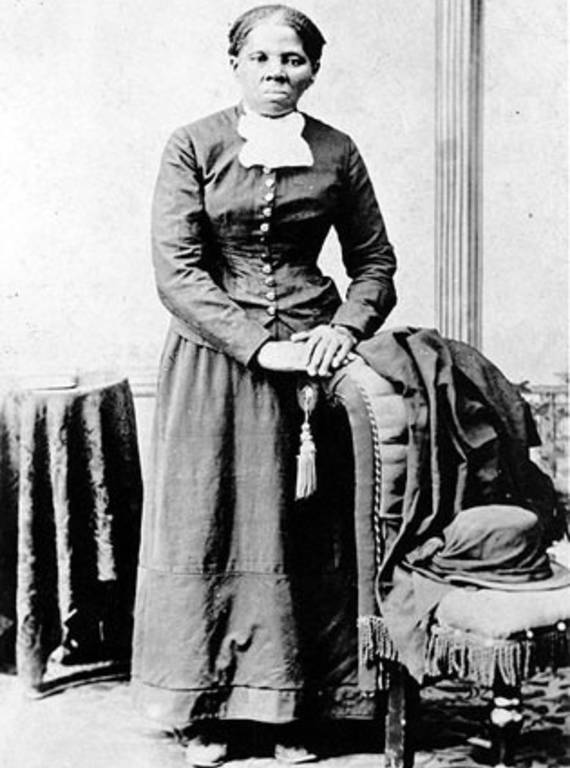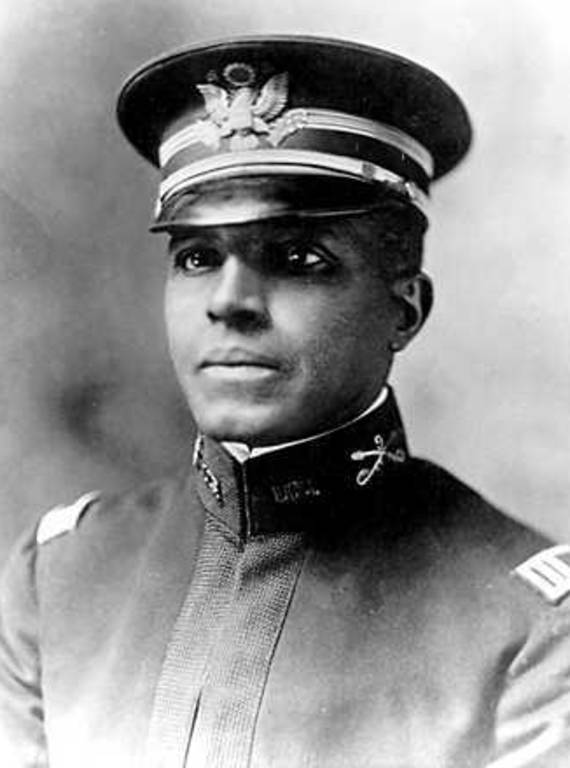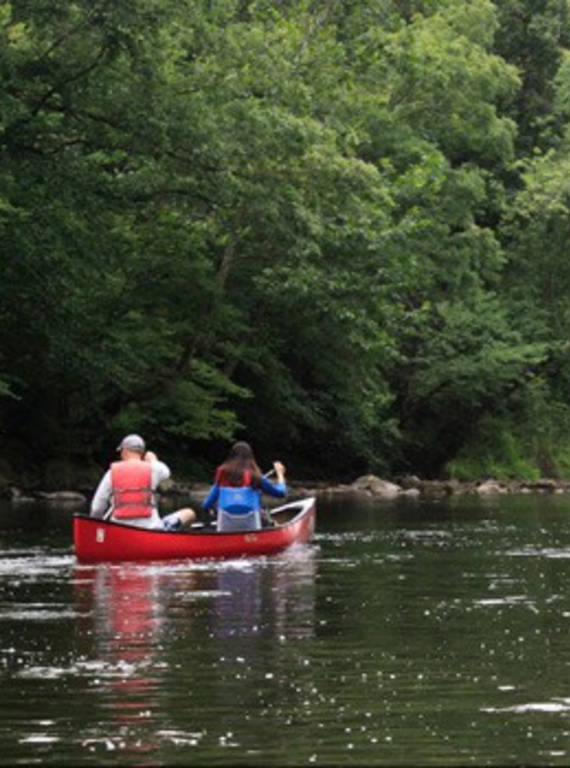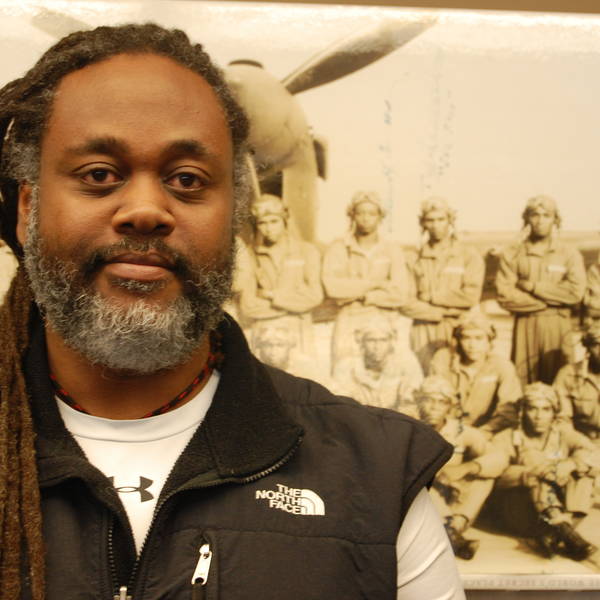The Harriet Tubman Underground Railroad, First State, and Charles Young Buffalo Soldiers National Monuments will enhance and diversify our National Park System to more adequately reflect our cultural heritage.
Today the country celebrates an important milestone in preserving its history.
After years of advocacy and study, President Obama has finally named three new national monuments as part of the National Park System, including a new national park site on Maryland’s Eastern Shore honoring Harriet Tubman. This new national monument encompasses several sites in Dorchester County, Maryland, of great historic significance to Tubman’s early life as an enslaved person and during her career as a conductor on the Underground Railroad.

Harriet Tubman
LOCAmerican schoolchildren grow up learning about Tubman and her legendary bravery, hearing how she escaped from slavery and risked her freedom—perhaps her own life—to free dozens of others on the Underground Railroad. Now, just a couple of weeks after the 100th anniversary of her death, the Park Service will help to tell her story.
As an enslaved girl on Maryland’s Eastern Shore, Tubman was hired out to work for “Miss Susan,” a mistress who was quick to use the whip. Once, after she caught Tubman stealing a lump of sugar, Miss Susan flew into a violent rage. Tubman fled to escape another beating, and hid in a pigpen for days until hunger forced her to return. She was brutally whipped for her transgressions.
In October 1849, Tubman escaped to Philadelphia. In December 1854, Tubman, who could neither read nor write, asked a friend to send a coded letter to Jacob Jackson, an Eastern Shore neighbor and a free and literate black man. The letter instructed Tubman’s three brothers to prepare for her pending return to guide them to Philadelphia and freedom. They successfully escaped on Christmas Day, telling no one of their plans, not even their mother who was expecting her sons for Christmas dinner. The Jacob Jackson Site will be part of the Harriet Tubman National Monument and managed by the National Park Service in partnership with the U.S. Fish & Wildlife Service and the State of Maryland.
Later, as a conductor on the Underground Railroad, Tubman returned to Maryland multiple times to liberate friends and family members. Much of the landscape found today on Maryland’s Eastern Shore has changed little since Tubman roamed the territory in the 1800s. The preservation of those fields, trails, and waterways—intact and unimpaired for benefit and enjoyment of future generations—makes this designation an even sweeter victory.
Of equal or greater significance is what this national monument designation will do to advance public understanding of women’s history in general, and the role of African American women in particular. Of the 398 units in our National Park System prior to today’s designations, just seven were tasked directly with commemorating some aspect of women’s history.
Tubman also served in the Civil War as a Union nurse, spy, and scout, on one occasion leading Federal troops along an obscure path which allowed them to more stealthily approach opposing Confederate forces. Tubman’s courageous work contributed directly to the preservation of the Union and highlighting that legacy will help the National Park Service create a much broader and more accurate picture of who really matters when it comes to understanding the conflict that defined this nation. After the war, she continued to serve her people and her country selflessly until her death in 1913.
While the national monument is a great step forward, it does not accomplish everything advocates hope to achieve on Harriet’s behalf. The national monument would leave out the Poplar Neck plantation (in Talbot and Caroline Counties, Maryland) from which Tubman escaped in 1848. It also does not include any properties in Auburn, New York, including the A.M.E. Zion Church where Tubman worshipped, her personal residence, and a home for the aged she raised money to build and operate. For the past six years, NPCA has actively worked with partners such as the Association for the Study of African American Life & History (ASALH), the Maryland Office of Tourism, and a variety of other federal, state, local, and grassroots champions to pass legislation introduced by Senator Ben Cardin and cosponsored by Senators Barbara Mikulski (D-MD), Gillibrand (D-NY), and Schumer (D-NY) to preserve these additional sites. Our work on the legislative front will continue even after the designation of the national monument.
As the National Park Service advances towards its centennial in 2016, much discussion has been had about the best ways to create a 21st century park system for a 21st century America. A Tubman site helps advance that goal by commemorating the legacy of a woman who rose from humble beginnings under the worst circumstances any of us could imagine to become one of this nation’s most admired historic icons. Tubman’s story is important because in many ways it is our history at its best. Thanks to bold action of President Barack Obama, her narrative is now a story we can share more broadly with the world, and for that, maybe help make that world a better place.
Colonel Charles Young and the Buffalo Soldiers

Colonel Charles Young
NPS Historical Photograph CollectionIn addition to the long-awaited site honoring Tubman, President Obama also designated two other national park sites sharing important parts of our nation’s history, including the Charles Young Buffalo Soldiers National Monument. Though Harriet Tubman’s story is widely taught, Young’s fascinating legacy and the story of the Buffalo Soldiers is less familiar to many.
In 1884, Second Lieutenant Charles Young became just the third African American to graduate from the U.S. Military Academy at West Point. Young distinguished himself as a soldier in the Ninth U.S. Cavalry, one of the black troops known as the Buffalo Soldiers that served, among other roles, as some of the nation’s first park rangers. Despite the rigid segregation of the U.S. military at the time, Young rose through the ranks to become a colonel; served as a professor of military science, French, chemistry, geometry, and geology at Wilberforce University in Ohio; and went on to become the first African-American acting national park superintendent at Sequoia and Kings Canyon National Park in 1903. The national monument preserves Young’s home in Xenia, Ohio, and helps tell not only his story, but the story of life as a black soldier in the 19th century.
First State National Monument

First State National Monument
Photo © Whitney Flanagan/The Conservation Fund.Last but not least, today’s announcement helps preserve an urban oasis along the Brandywine River in Delaware—the only state in the country that did not have a national park site. The First State National Monument tells much of early America’s history, from the Native American Lenape tribe that lived in the river valley to the Wyeth family of artists who still paint its beautiful landscapes. The largest battle of the Revolutionary War, the Battle of the Brandywine, was fought here, and the birth of industry was literally propelled by the Brandywine River’s steady flow. Even the paper used to print the Declaration of Independence was made on the Brandywine River. The new monument also commemorates the legacy and perseverance of early Dutch, Swedish, and English settlements, a vital aspect of the state’s rich history.
More than five million people live within 25 miles of the main property, making it readily accessible to the public and a conservation centerpiece for the state and the region.
Stay On Top of News
Our email newsletter shares the latest on parks.
Learn more about the Harriet Tubman Underground Railroad, Charles Young Buffalo Soldiers, and First State National Monuments.
About the author
-
 Alan Spears Senior Director of Cultural Resources, Government Affairs
Alan Spears Senior Director of Cultural Resources, Government AffairsAlan joined NPCA in 1999 and is currently the Senior Director of Cultural Resources in the Government Affairs department. He serves as NPCA's resident historian and cultural resources expert. Alan is the only staff person to ever be rescued from a tidal marsh by a Park Police helicopter.


